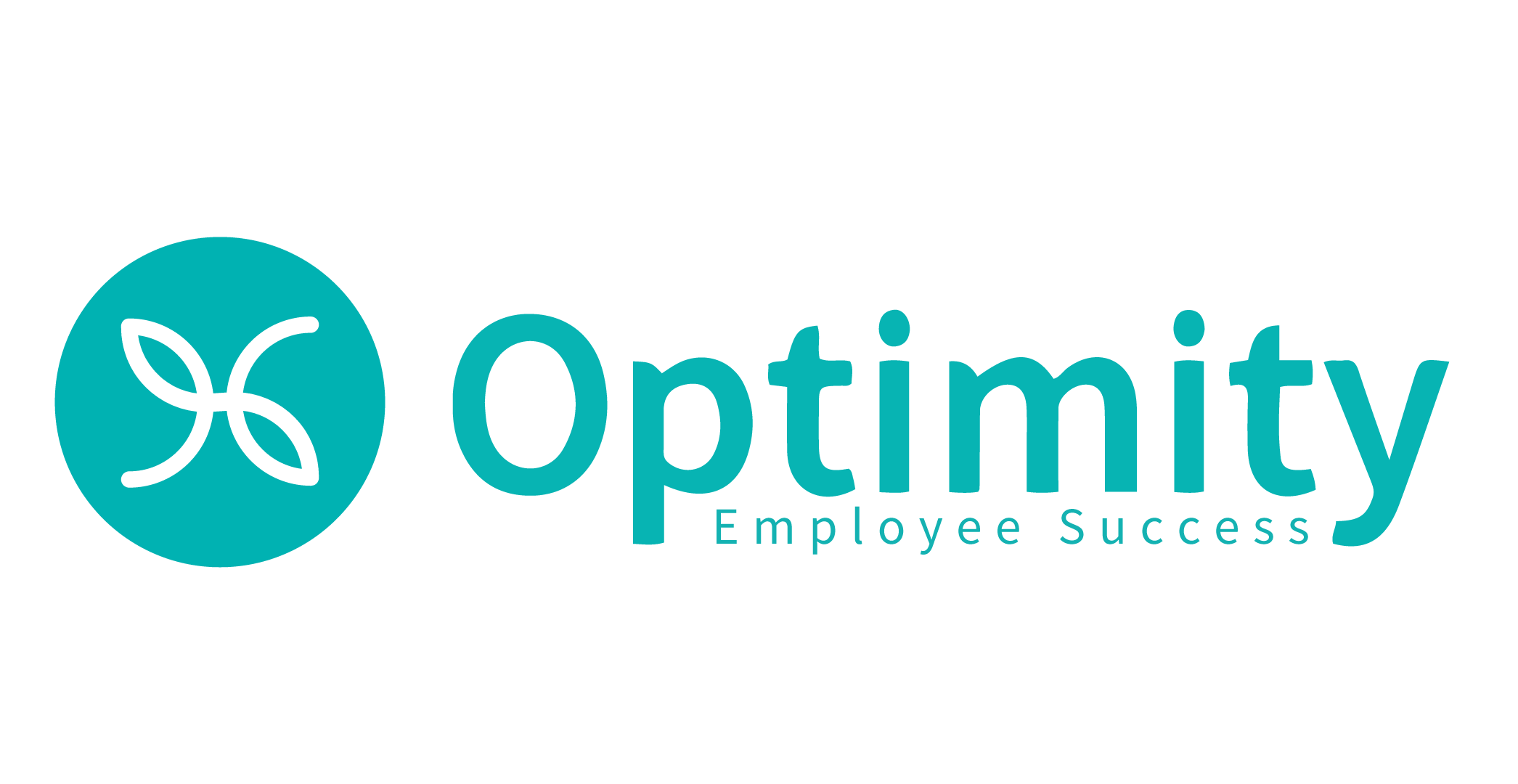To date, most people rely on reactive healthcare services, that is, they visit healthcare...
Understanding the Numbers Game - The Real ROI Story for Engagement and Wellness Programs
Unhealthy and disengaged employees are costing North American businesses a whopping $1,100,000,000 per year. Smart organizations are looking to wellness and engagement programs to change their costs, with the average corporate wellness program averaging at $700 per year. But the average participation rates for these programs are below 30%: many organization have little to no tracking of metrics or ROI. This often has people questioning whether wellness programs actually deliver returns, but the real question you should be asking is what type of wellness programs can reduce claims and lower insurance premiums.
The answer is, programs that are tailored to target “at-risk” and “high-risk” employees and also those with >70% participation from all employees to prevent them from becoming disengaged and/or chronically ill.

The most difficult factor in implementing a wellness program is employee participation. Participation penalties do not have a place in the workplace and incentives, while great, can’t force employees to make their lifestyle change alone. The key to a successful program is excellent leadership from the CEO and explanations as to why the wellness program exists and rising health care costs throughout the business.
According to a study done by the Gallup State of the American Workplace in 2012, employees that have an overall higher “well-being” have 41% lower health related costs, compared with employees who are struggling with their health, and 62% lower costs than employees who are suffering with their health.
Diabetes, depression, high blood pressure and being overweight are just a few factors that at-risk employees endure that can lead to expensive health claims. There are also the employees that are chronically ill and suffer from conditions such as cancer, heart conditions and advanced diabetes. Creating a disease management program for these employees can easily and effectively prevent your insurance premiums from rising. A program that pre-empts 20 unnecessary emergency department visits can easily save a business $50,000.
The science of wellness programs improving health is proven, but it is imperative that these programs are targeted at the right group of employees with the right programs with the right level of support and relevant content to ensure success.
The key is to engage in proactive health culture to support 100% of your employees, and allow highly data-driven specialist firms (such as Optimity) to use dynamic health risk assessments algorithms and smart targeting coaching programs to find the high-risk employees by engaging your employees in actively participating in their success. It is about building a culture of awareness and self-improvement to be able to achieve ROI.
Really and truly, any organization can do it. It is just about committing to change and getting the right experts on-board to help train and support you in understanding your own number and succeed in launching your proactive employee success practices.
Sources
https://hbr.org/2016/04/meet-the-wellness-programs-that-save-companies-money
Do Workplace Wellness Programs Save Employers Money?,
2012 Gallup State of the American Workplace study,
Want to learn more about how to keep your wellness program engaging and ROI-driven? Download our e-Book to learn more.
Nicholas Raditsis is VP Customer Success at Optimity. Passionate about health, wellbeing, and creating thriving businesses, Nicholas enjoys researching and writing about new ways to help people achieve these goals for themselves. As an avid landscape photographer, Nicholas spends lots of time staying healthy in the great outdoors.




